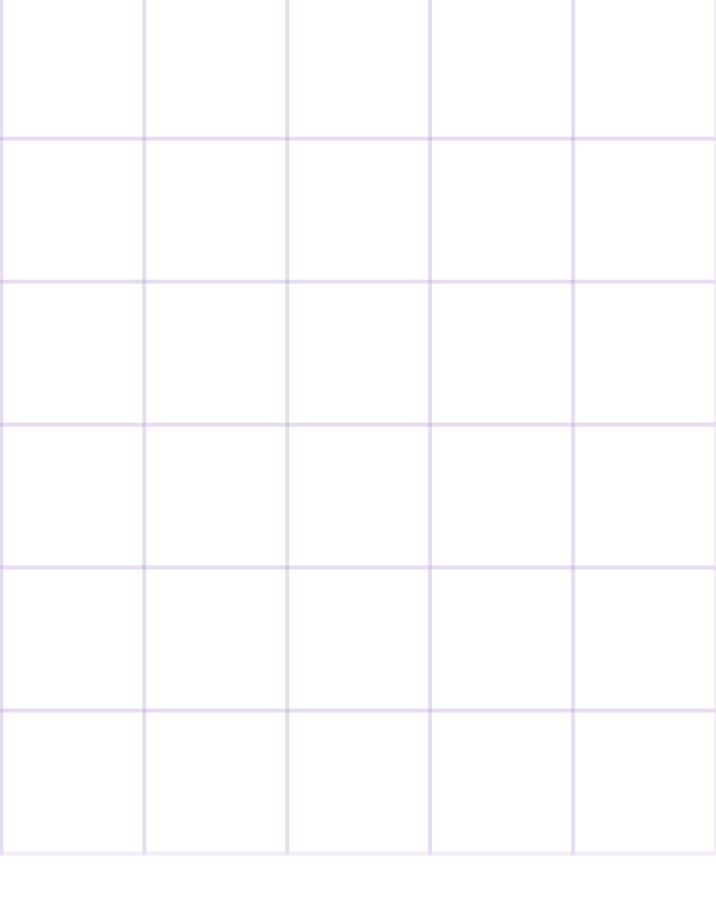- Library
- Interactive Videos
- High School
- 9th Grade
- Math
- Algebra
- Equations
- Linear Equations
- Multi-variable Linear Equations
- Solving System Of Equations
- Understanding Solutions To Linear Equations In Two Variables
9th Grade Understanding Solutions To Linear Equations In Two Variables Interactive Videos
Filter your results
6th Grade - 10th Grade
Understanding Solutions - Types & Verification - Systems of Linear Equations

Interactive Video
Understanding Solutions - Types & Verification - Systems of Linear Equations
6th Grade - 10th Grade
Mathematics
Explore the different types of solutions in systems of linear equations using graphical and algebraic methods. Learners will identify solution types and represent them graphically, enhancing skills in linear algebra problem-solving.
See more
9th Grade - 12th Grade
Algebra Mastery - Core Techniques and Concepts

Interactive Video
Algebra Mastery - Core Techniques and Concepts
9th Grade - 12th Grade
Mathematics
Explore essential algebraic techniques covering powers, simplification, and equation-solving. Enhance problem-solving skills while deepening understanding of algebraic expressions and methods.
See more
9th Grade - 12th Grade
Solving Quadratic Equations - Imaginary Solutions - Quadratic Equations

Interactive Video
Solving Quadratic Equations - Imaginary Solutions - Quadratic Equations
9th Grade - 12th Grade
Mathematics
Understand methods for solving quadratic equations that have imaginary solutions by applying the quadratic formula. Gain proficiency in identifying components of the quadratic equation that lead to imaginary results. Enhance skills in recognizing when solutions involve imaginary numbers and develop techniques to incorporate imaginary units effectively within mathematical expressions.
See more
9th Grade - 10th Grade
Understanding and Solving Complex Quadratics - Quadratic Equations - Complex Numbers

Interactive Video
Understanding and Solving Complex Quadratics - Quadratic Equations - Complex Numbers
9th Grade - 10th Grade
Mathematics
Explore the realm of complex numbers and quadratic equations, focusing on solving quadratic equations with no real solutions through the derivation and application of the quadratic formula. Gain proficiency in working with imaginary numbers and simplifying complex solutions. Understand the graphical implications of complex roots, enhance algebraic skills, and deepen comprehension of these abstract mathematical concepts.
See more
9th Grade - 10th Grade
Complex Numbers - Quadratic Equations with Imaginary Solutions - Algebra

Interactive Video
Complex Numbers - Quadratic Equations with Imaginary Solutions - Algebra
9th Grade - 10th Grade
Mathematics
Exploration of quadratic equations without real solutions introduces the concept of imaginary numbers, focusing on the imaginary unit 'i'. Learners will gain proficiency in factoring quadratic equations using complex numbers and applying the method of completing the square to derive imaginary solutions, ultimately enhancing algebraic problem-solving skills.
See more
9th Grade - 10th Grade
Solving Quadratic Equations - Complex Root Analysis - Complex Numbers

Interactive Video
Solving Quadratic Equations - Complex Root Analysis - Complex Numbers
9th Grade - 10th Grade
Mathematics
Learn to solve quadratic equations with a focus on complex roots and understanding the rules related to complex numbers. Develop skills to identify and verify complex solutions, enhancing problem-solving abilities in algebra and complex number operations.
See more
9th Grade - 12th Grade
Understanding and Applying Trigonometric Identities - Trigonometric Functions - Mathematics

Interactive Video
Understanding and Applying Trigonometric Identities - Trigonometric Functions - Mathematics
9th Grade - 12th Grade
Mathematics
Focuses on trigonometric functions and identities, particularly co-function and reciprocal identities, and their application in simplifying expressions and solving equations. Develops skills in applying trigonometric identities to enhance the ability to solve equations and work with complex mathematical concepts.
See more
6th Grade - 10th Grade
Understanding and Applying the Quadratic Formula - Solving Quadratic Equations

Interactive Video
Understanding and Applying the Quadratic Formula - Solving Quadratic Equations
6th Grade - 10th Grade
Science
Focus on understanding the quadratic formula, including its derivation and practical applications in solving quadratic equations. Gain the ability to derive the quadratic formula, identify coefficients, and apply the formula to find solutions, enhancing problem-solving and analytical skills.
See more
8th Grade - 12th Grade
Quadratic Formula Application - Understanding Discriminant - Solving Quadratic Equations

Interactive Video
Quadratic Formula Application - Understanding Discriminant - Solving Quadratic Equations
8th Grade - 12th Grade
Mathematics
Explore methods for applying the quadratic formula, with a focus on understanding the role of the discriminant in solving quadratic equations. Identify solutions for quadratic equations and distinguish between real and imaginary solutions by analyzing the discriminant.
See more

